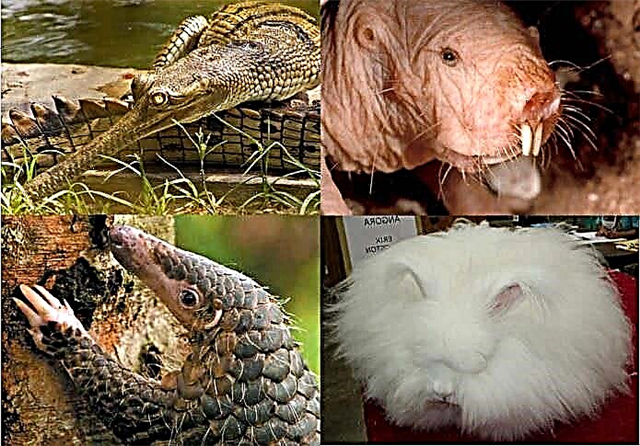
Star 49 is located in the constellation Ceti. ALMA reports this assumption.
Scientists using ALMA radio telescopes installed in Chile were able to fix a large disk of dust located near star 49 of the constellation China. The age of the object is about 40 million years. Current models state that dust, gas around such young objects should be scattered into outer space. From it then young planets are formed. This was reported by astronomer Aya Higuchi with colleagues who work in the Astrophysical Observatory of Japan. They published the results of their research in astrophysical scientific journals.
Existing models claim that planets form around stars from the remnants of a disk consisting of gas and dust surrounding a newly formed young star. Small particles of gas come together and stick together, and in a relatively short time, solid or gaseous bodies form from them. The remainder of the gas is carried away into outer space under the pressure of the solar wind. Thus, the star has new, young planets and a finite disk of dust that does not exist for long.
Recent observations indicate that a large amount of gas with a small mass can be contained in the residual disk. It forms in the future gas giants.It is this gas that was found in the dust disk of a star belonging to the constellation of China. It consists of carbon atoms.
Interestingly, this gas turned out to be 10 times more than astrophysicists had previously expected. In it, astronomers discovered the presence of a relatively rare 13th isotope. Thanks to the presence of a high-precision telescope, scientists received high-quality images of the surroundings of China. Thus, they were able to see the distribution of carbohydrate atoms in the space of a gas cloud.

As a result, 2 suggestions of the origin of the gas substance were proposed.
It remains from the protoplanetary cloud. In this case, current models are not able to explain how a huge volume of gas circulates around star 49.
Gas could appear due to frequent collisions of objects responsible for the formation of protoplanets. They could disperse dust particles. During this process, such nuclei are able to emit a certain amount of gas. But there are no theoretical models of how this could have happened and how much gas and dust have been preserved. Moreover, the number of collisions around star 49 is still negligible.
All this suggests that the current planetary development models need substantial refinement. Their refinement allows us to unravel some of the secrets of the formation of not only exoplanets, but also planets in our solar system. It is likely that research results can clarify the age of the Earth.












